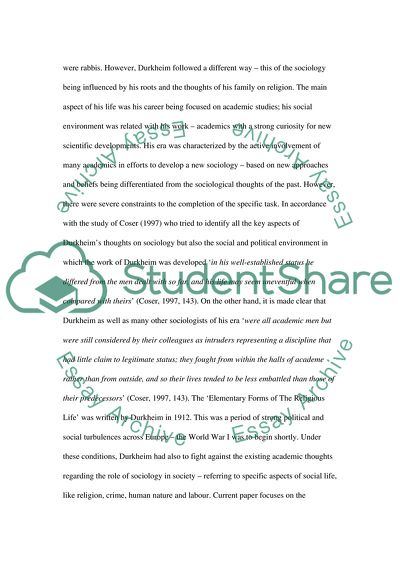Cite this document
(The Elementary Forms Of The Religious Life by Emile Durkheim Literature review, n.d.)
The Elementary Forms Of The Religious Life by Emile Durkheim Literature review. Retrieved from https://studentshare.org/religion-and-theology/1717209-the-elementary-forms-of-the-religious-life-by-emile-durkheim
The Elementary Forms Of The Religious Life by Emile Durkheim Literature review. Retrieved from https://studentshare.org/religion-and-theology/1717209-the-elementary-forms-of-the-religious-life-by-emile-durkheim
(The Elementary Forms Of The Religious Life by Emile Durkheim Literature Review)
The Elementary Forms Of The Religious Life by Emile Durkheim Literature Review. https://studentshare.org/religion-and-theology/1717209-the-elementary-forms-of-the-religious-life-by-emile-durkheim.
The Elementary Forms Of The Religious Life by Emile Durkheim Literature Review. https://studentshare.org/religion-and-theology/1717209-the-elementary-forms-of-the-religious-life-by-emile-durkheim.
“The Elementary Forms Of The Religious Life by Emile Durkheim Literature Review”. https://studentshare.org/religion-and-theology/1717209-the-elementary-forms-of-the-religious-life-by-emile-durkheim.


